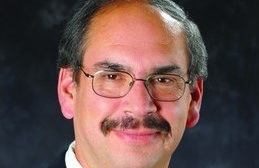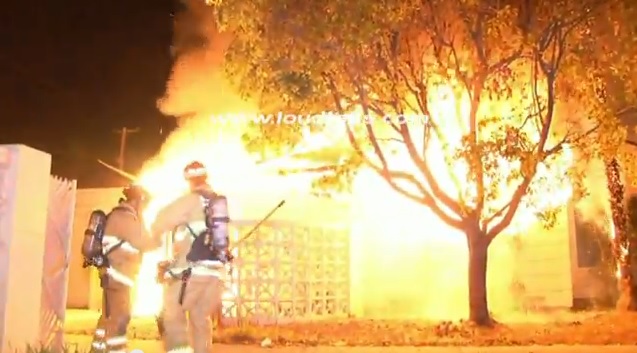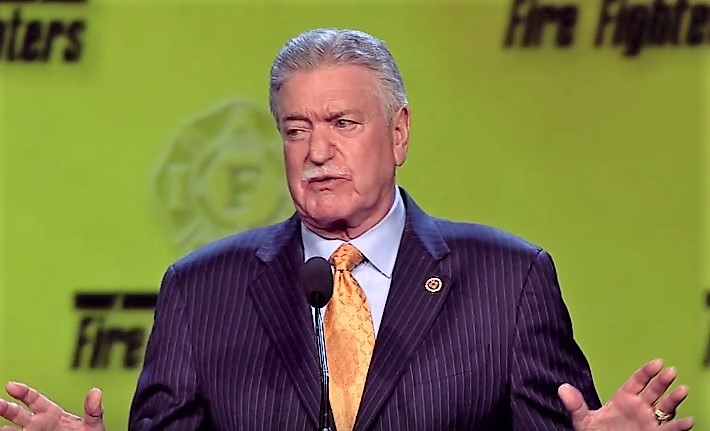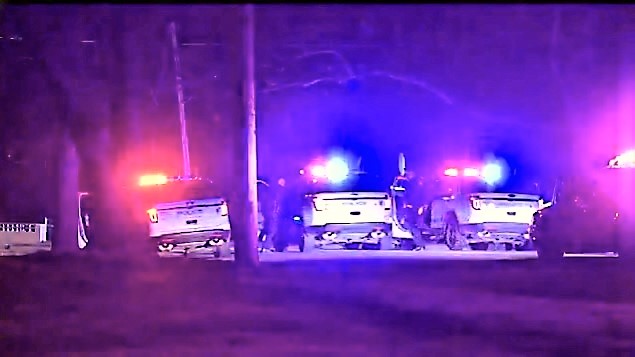NEW: Dangerous Metro communications failure leads to dispute between PGFD & rail worker
Metro again deals with third rail issues, delayed alarms & sending passengers toward potential danger
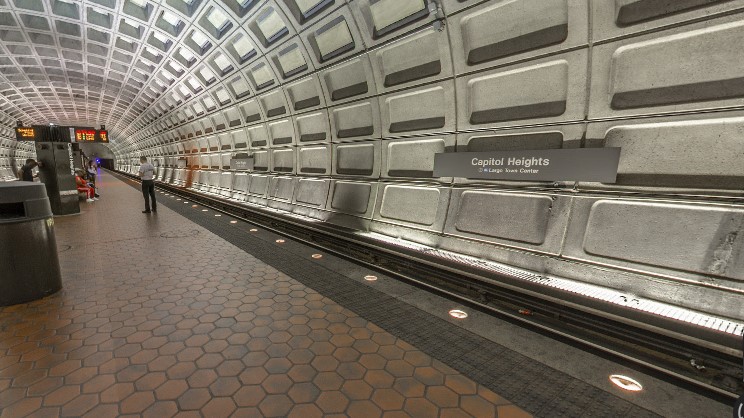
Looking for a quality used fire truck? Selling one? Visit our sponsor Command Fire Apparatus
A recent dispute between firefighters and a key rail worker inside a Metro tunnel is again putting the spotlight on recurring safety problems involving the rail system. While radio traffic from the June 6 smoke incident shows the dispute was over the Prince George’s County Fire/EMS Department’s concerns that third rail power was going to be restored with firefighters still along the tracks, an internal investigation found additional failures, all familiar safety issues for Metro. A spokesperson with Metro’s safety watchdog, the Washington Metrorail Safety Commission (WMSC), confirms WMSC is reviewing this incident. In a statement to STATter911, Metro Chief Operating Officer Joe Leader said, “Regarding the incident at Capitol Heights on Saturday, June 6, several failures occurred and are being addressed.”
Leader outlined a series of mistakes that resulted in a delayed notification to the fire department, a delay in halting rail traffic from entering the Capitol Heights station and a failure to let both a rail controller (or rail dispatcher) and Metro’s Emergency Response Team (ERT) know the fire department had clearance to be on the tracks.
About this series of failures, Leader wrote, “This is an example of the type of communications, process, and culture improvements we are working on. ROCC (Rail Operations Control Center) leadership used this as an important teaching moment, and completed a hot wash and lessons learned. We are communicating with each member of the ROCC what went wrong and what failures occurred.”
Third rail dispute
Time-stamped PGFD radio traffic (above) recorded by OpenMHz.com clearly illustrates the dispute was over restoration of third rail power during the June 6 report of smoke at Capitol Heights. A Prince George’s County Fire/EMS Department chief officer in the tunnel radioed to his incident commander, “We had personnel on the track. We’re having a little issue with Metro ERT people. We’re trying to get that sorted out. They want to turn the third rail power back on.” The PGFD chief officer later added, “ERT just put our people in a pretty bad position. So we’ll have to conference about that.”
That transmission from PGFD occurred at about 6:47 pm. In the OpenMHz recording of Metro’s Ops 2 channel (below) the ERT member was on the radio to the rail controller about 45 seconds later requesting the third rail power be restored so ERT could find a suspected arcing insulator. Despite the dispute, the radio traffic shows the track was not energized until firefighters had exited the tunnel a short time later. A statement by PGFD Director of Communications Jennifer Donelan further confirms power was not restored while firefighters were along the tracks. According to Donelan, “The reality was the Rail Operations Control Center (ROCC) was communicating with our Incident Commander and there was never any consideration of the request related by the WMATA ERT team member to re-energize the third rail. The system, centralized command, and control processes established within ROCC worked as intended.”
Donelan added that Metro Transit Police on the scene “explained to the individual ERT team member that the Fire Department was in charge and no further actions would be taken without our approval. At no time was the safety of our members in question.”
In a Metro radio transmission at 6:44 pm, both the ERT member and the controller expressed surprise that firefighters were on the tracks at all. In his statement to STATter911, COO Leader says the controller and ERT member were in the dark about the fire department’s actions due to a ROCC assistant superintendent’s failure to relay that information:
The track department Emergency Response Team (ERT) was dispatched to the station. Prior to their arrival at approximately 6:43 p.m. PGFD had been communicating with the ROCC Fire Liaison and had requested permission to go on the tracks to conduct an inspection. Permission was granted by the ROCC Assistant Superintendent, who failed to notify the Ops 2 controller.
When ERT arrived and found PGFD personnel on the tracks, they called the ROCC Controller over the radio to verify that they had permission. Because the controller was not aware that PGFD had been given approval to go wayside, ERT was instructed to have the fire department immediately clear the tracks for their safety, something that is likely reflected in the PGFD radio traffic you referenced.
It should also be noted that because of COVID-19 concerns, Metro’s Office of Emergency Management has been staffing the ROCC fire liaison position. That position is normally filled by a fire officer from one of the local departments.
Miscommunications over third rail power issues have long plagued Metro, with numerous incidents going back decades where firefighters were still on the tracks when power was restored. Less than a month before the Capitol Heights incident, WMSC ordered Metro to come up with a Corrective Action Plan that will “Institute additional protections to ensure that third rail power is not restored prematurely”.
WMSC’s order grew out of interviews investigators conducted with ROCC personnel and a December 10 incident at Friendship Heights where power was restored while DC Fire & EMS Department firefighters were still along the tracks. WMSC described the atmosphere inside ROCC during the December incident as “confused and chaotic with frequent yelling by personnel and with conflicting instructions provided to controllers.”
Delayed alarm kept trains running toward potential danger
Joe Leader’s statement shows that about seven minutes were lost in notifying PGFD about the smoke. During that time, trains were still being allowed to run into Capitol Heights when they should been stopped:
At 6:07 p.m. a ROCC employee at the Rail Operations Information Center (ROIC) desk was notified by the station manager of a smoke odor of unknown origin. The station manager advised that they were conducting a station inspection to get additional information. The ROIC employee failed to notify either the ROCC controller or PG911 as required.
At 6:14pm, the Assistant Superintendent of ROCC overheard radio communications between the Station Manager and ROIC, at which time the Assistant Superintendent notified PGFD via 911 and stopped trains from entering the area. Under our SOPs, these actions should have occurred upon the initial report of smoke odor.
STATter911 has documented many cases where Metro delayed notifying fire departments about rail emergencies. In December, Metro verified that it was working to improve the notification process.
STATter911 has also long reported on Metro failing to halt passenger traffic during fire and smoke emergencies, sending riders toward danger. The most recent cases prior to the Capitol Heights incident were that December 10 incident at Friendship Heights and a February 4 smoke incident at L’Enfant Plaza. Metro decided after the February 4 incident it would no longer allow passengers to be aboard inspection trains. Inspection trains are used to determine if there are any hazards along the rails.
Both a delay in notifying firefighters and sending passengers toward potential danger were cited as factors in the 2015 L’Enfant Plaza fire that killed passenger Carol Glover and injured scores of others. WMSC has pointed out that some of the chaotic conditions that occurred at ROCC during the 2015 fire continue today.

